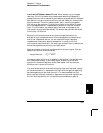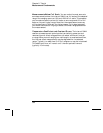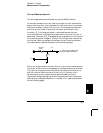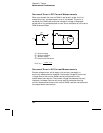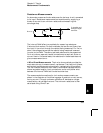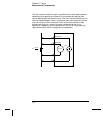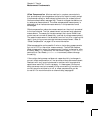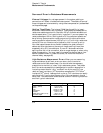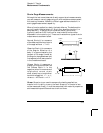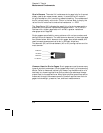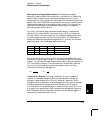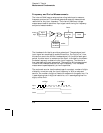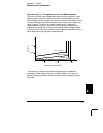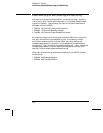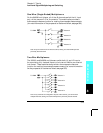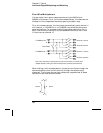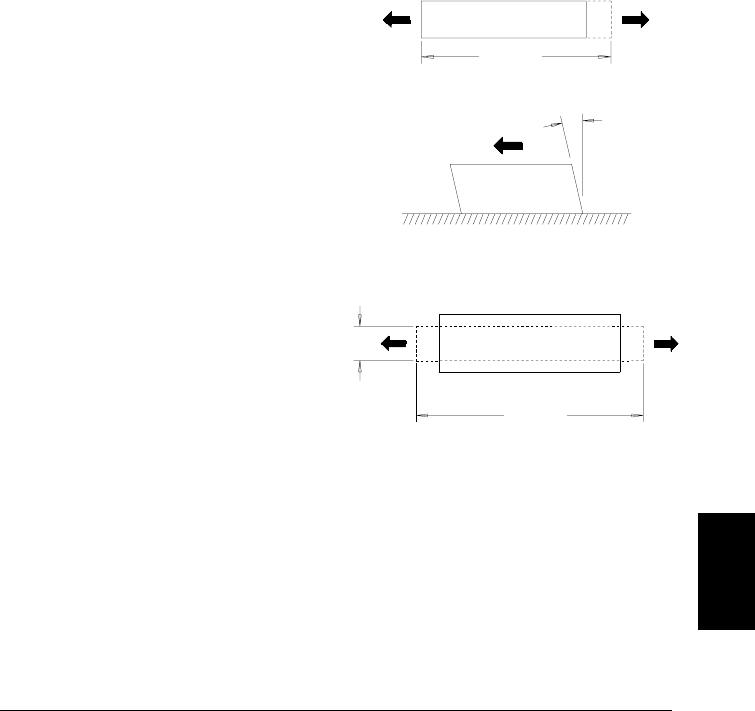
Strain Gage Measurements
Although the instrument does not directly support strain measurements,
you can measure a strain gage using a 4-wire resistance measurement
with scaling. However, BenchLink Data Logger software has built-in
strain gage measurement capability.
When a force is applied to a body, the body deforms. The deformation
per unit length is called strain (
ε). Strain may be either tensile (+) or
compressive (-). Practical strain values are usually quite small
(typically less than 0.005 inch/inch for most metals) and are often
expressed in micro-strains (
µε). There are three common types of strain
measurements as shown below.
Stress Stress is a term used to compare the loading applied to a
material with its ability to carry the load. Stress (
σ) in a material can
not be measured directly; it must be computed from material properties
and measurable quantities such as strain and force.
Normal Strain (
ε) is a measure
of the deformation along the axis
of the applied force.
ε = ∆L / L
Shearing Strain (
γ) is a measure
of the angular distortion of a
body. It is approximated by the
tangent of the angle formed by
the angular change between two
line segments that were parallel
in the undeformed state.
Poisson Strain (
ν) measures a
property of materials known as
the Poisson Ratio. It is the
negative ratio of transverse and
longitudinal normal strain
when a body has a longitudinal
tensile force applied.
ν = -ε
t
/ ε,
where ε
t
= ∆D / D and ε = ∆L / L
FF
L + ∆L
D -
∆D
Force
(F)
L + ∆L
Force
(F)
γ
F
8
Chapter 8 Tutorial
Measurement Fundamentals
373



